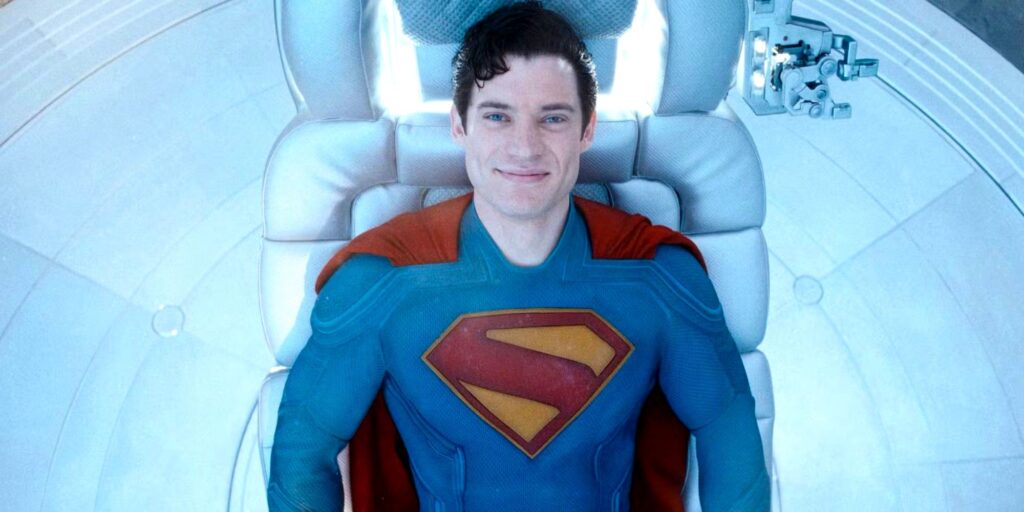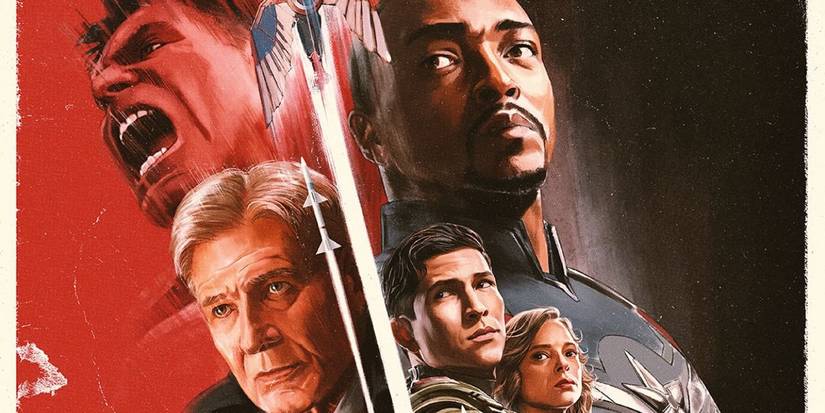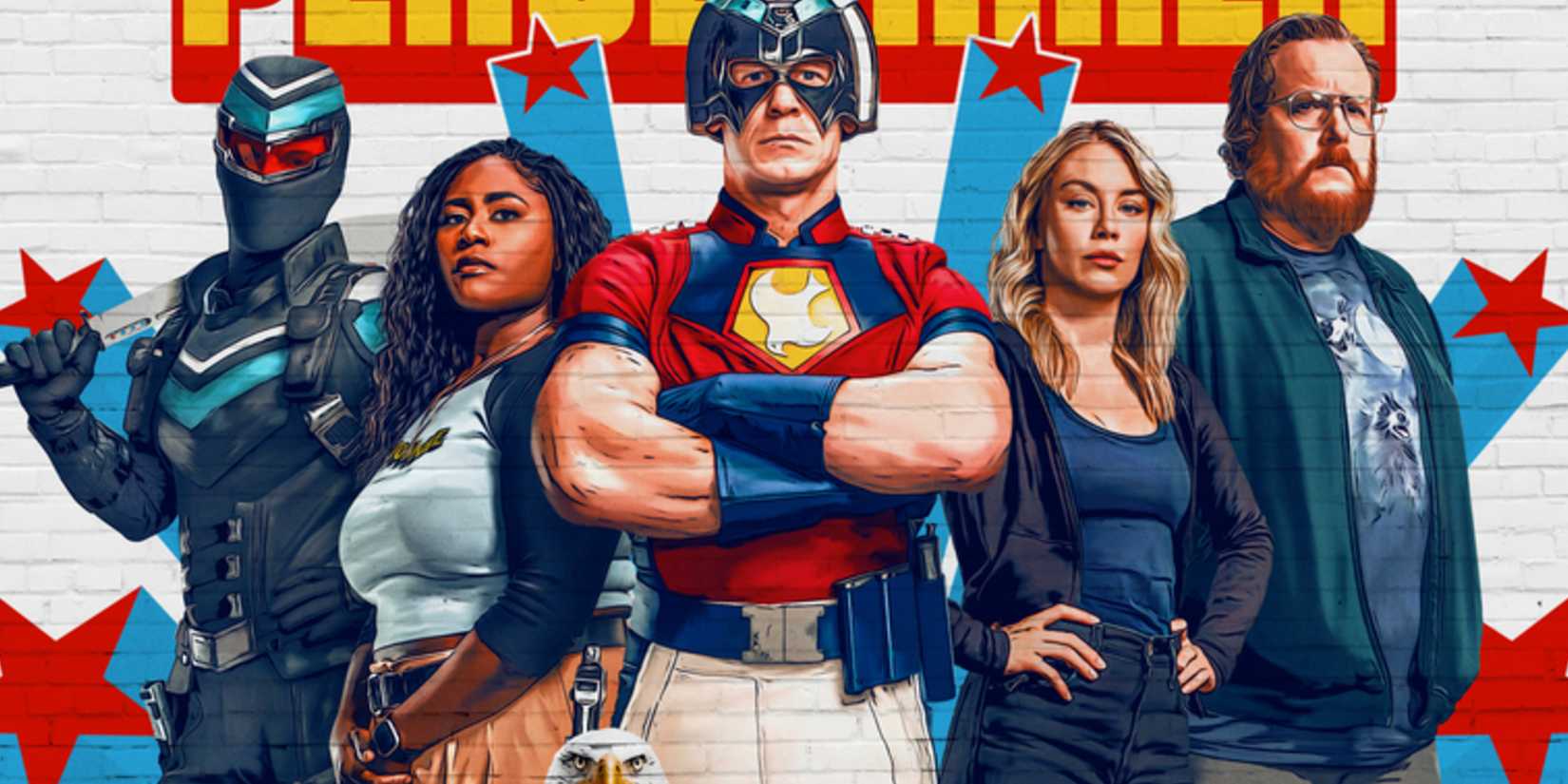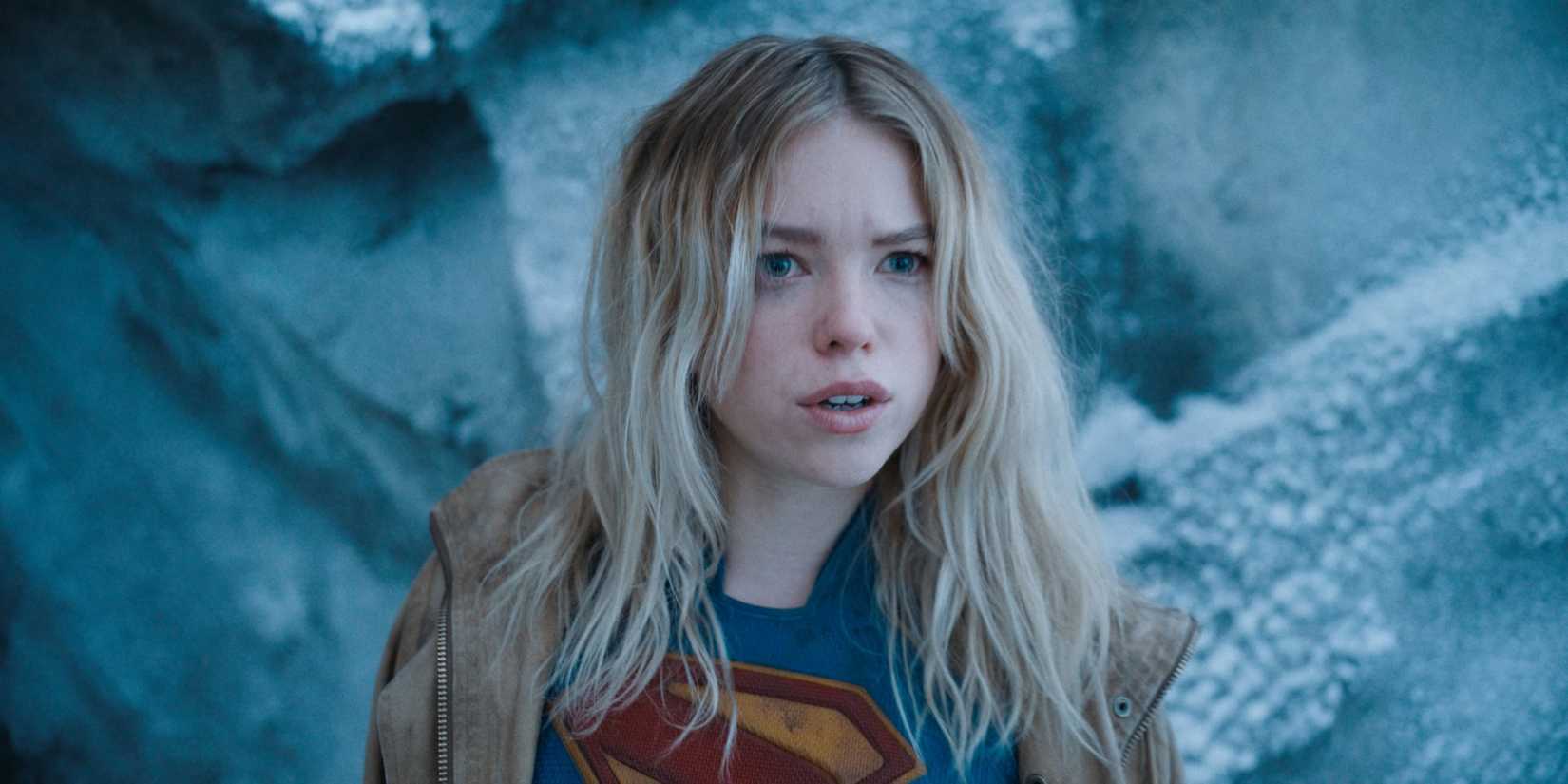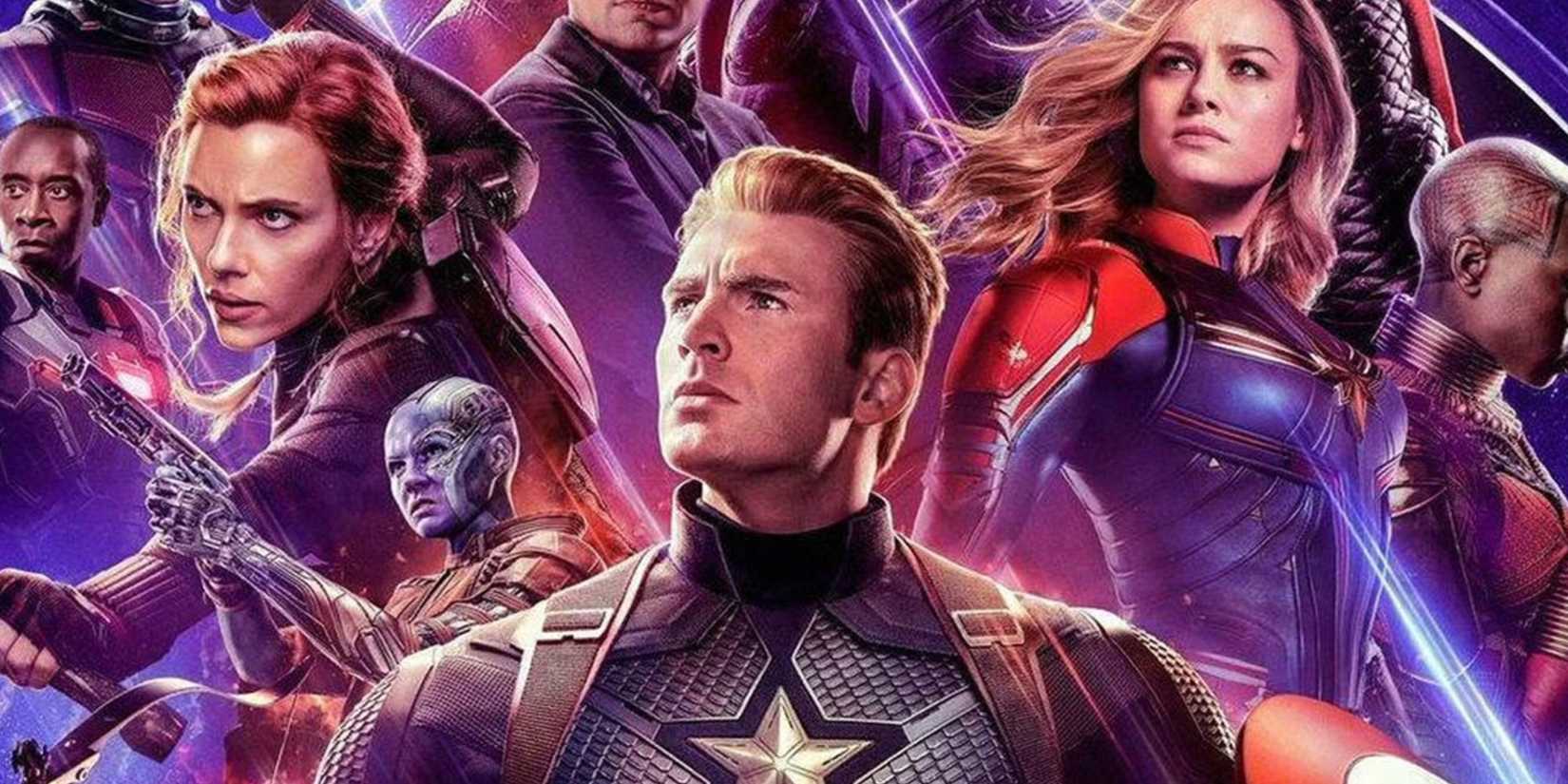The DC Universe achieved in three projects what the MCU has struggled to do in two whole phases, as evidenced by James Gunn’s Peacemaker. It’s no secret that the superhero genre continues to dominate Hollywood, but also that its chokehold on pop culture has been waning in recent years. Still, there’s plenty of developing projects that promise to raise the bar back up.
The DCU has established a clear divide between Zack Snyder’s DCEU and James Gunn’s vision for the franchise, which encompasses over a dozen future titles at this point. While several DCEU actors return in the DCU, the new continuity is pretty simple: everything that’s explicitly acknowledged on screen is canon. What’s more, Gunn’s DC Universe has established a strong connective tissue in record time.
The MCU Has Been Unable To Quickly Connect Its Stories & Releases In Years
The MCU culminated eleven years and twenty-one movies’ worth of build-up in Avengers: Endgame’s epic climax, which gathered almost every character introduced up to that point. The individual journeys of characters like Chris Evans’ Steve Rogers and Robert Downey Jr.’s Iron Man reached a sayisfying ending. Meanwhile, others like Tom Holland’s Spider-Man received a dramatic boost in their own story.
Then, the MCU’s fourth and fifth phases struggled to match the same level of interconnectivity. A much larger output and a higher number of solo titles and spinoffs only made the franchise less focused. Despite having more characters available, Marvel’s Avengers crossover events disappeared for most of the Multiverse Saga. Instead, solo projects promised long individual arcs that have yet to develop.
Movies like Captain America: Brave New World and Thunderbolts* have tried to bring together characters and elements from different titles, but they haven’t been as effective or as popular as previous crossovers like The Avengers and Captain America: Civil War. Meanwhile, entries like Eternals, Shang-Chi and the Legend of the Ten Rings, and Moon Knight have yet to be revisited.
The DCU Has Already Been Far More Closely Connected In Just A Few Months
James Gunn’s DCU kicked off with the easter-egg-filled Creature Commandos. There, Viola Davis’ Amanda Waller and Frank Grillo’s Rick Flag Sr. made their DCU debut ahead of their return in Superman and Waller, respectively. Creature Commandos also featured none other than Batman, Superman, Wonder Woman, and various other DC icons in the form of quick cameos, which may become important later.
Only a few months later, Superman included a cameo by John Cena’s Peacemaker and brought back Rick Flag Sr. Superman also featured the Justice Gang, which returned only one month later in Peacemaker season 2 alongside Chris Smith. In turn, Peacemaker season 2 featured a cameo by Superman, Supergirl, and the Justice Gang, and made pocket dimensions a key part of its plot.
In the span of less than a year and three projects, the DCU has established a rich web of characters, events, and concepts that are both intricate and easy to follow. Each of these entries works as a standalone story, but their references and set-ups are also relevant to every surrounding project. The key lies in careful planning, which gives every detail a solid meaning.
The DCU Will Only Become More Closely Interconnected Soon
Like Kevin Feige at Marvel, James Gunn has crafted a long-term plan for his superhero franchise. However, Gunn is aiming to complete a clear ten-year plan for the DCU. And unlike each of the MCU’s two sagas, Gunn’s DCU apparently doesn’t focus on building up to a single climactic crossover, but instead builds a rich tapestry of stories, each with their own smaller climaxes.
After Peacemaker season 2, Craig Gillespie’s Supergirl will pay off the Kara tease at the end of Superman. Supergirl will certainly fit into James Gunn’s Superman saga, but it also promises to stand on its own as the ultimate live-action Supergirl adaptation. At the same time, Supergirl will likely feature characters and include easter eggs that lead to spinoffs, sequels, and crossovers sooner rather than later.
Why The DCU & MCU Need Their Stories To Connect So Closely
The very essence of both the MCU and the DCU lies in their interconnectivity. Marvel Studios popularized the idea that every movie or show can stand alone while also serving as part of a greater whole. This approach elevated the superhero genre by weaving dozens of characters into one grand universe. Now, audiences view each comic book project as a vital piece of a larger, unfolding saga.
Of course, every story needs to work on its own terms, but general audiences now expect the “something greater” promised by interlinked narratives just as much as die-hard fans. When a project hints at bigger events but never delivers, it often feels like a broken promise. In today’s movie industry, set-ups demand payoff, otherwise studios undermine audiences’ trust in their franchise.
The MCU’s Infinity Saga proved beyond doubt that a massive interconnected franchise can succeed both critically and financially. Anything short of that feels like a step backward. Marvel and DC have no excuse to lower the bar after such unprecedented success. With superhero films facing declining box office numbers, the margin for error has disappeared. Every story must contribute meaningfully to the larger whole.
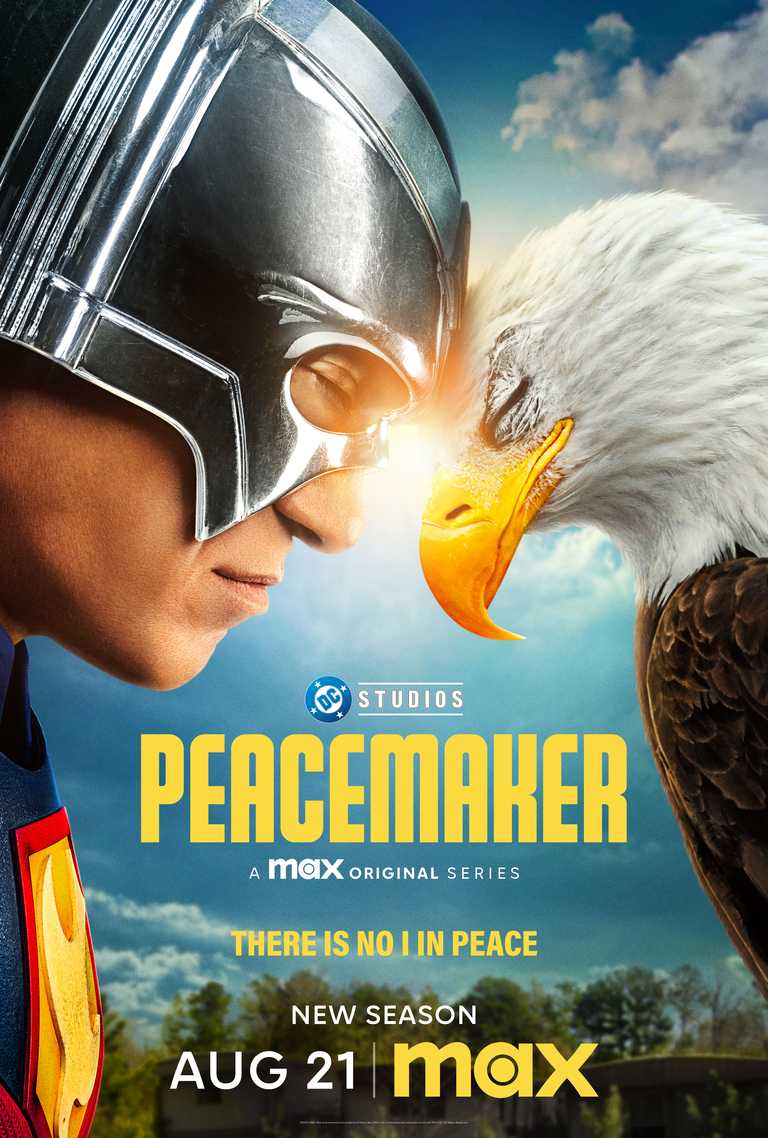
Peacemaker
Release Date
January 13, 2022
Network
HBO Max, Max

